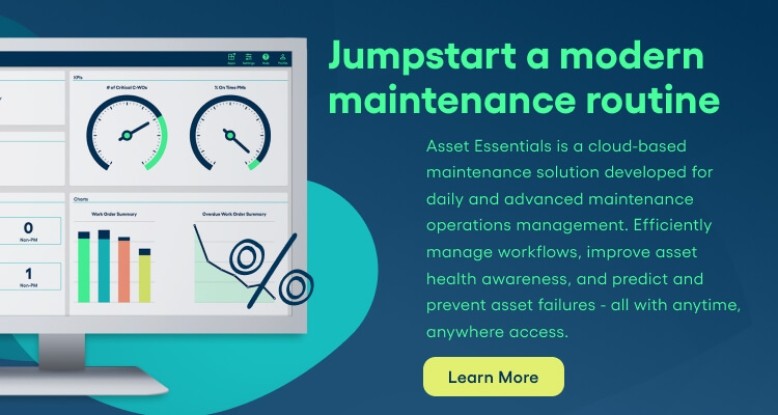5 Ways to Stay Safe with Pool Chemicals
Pools are a great way to cool off in the summer — but pool chemicals can also be dangerous if not handled properly. Here are five tips to keep employees and guests safe.
One of the first things that signals the arrival of summer is the opening of a pool. Everyone loves to take a dip in the water to cool off, socialize around the deck and make summer memories with their loved ones. In preparation for the influx of our pool guests, we want to make sure everything is clean from the off season and that the facilities are looking great. As such, it’s time to also think about safety.
Pool chemicals can be dangerous if not handled properly. Most incidents that are reported involve the use of granular chlorine, but tablets and liquid forms can also cause serious consequences. Frequently reported incidents include opening a container, cleaning, untangling chlorine supply lines, and even emptying trash. The fact is, any chemical is hazardous, and you should always treat it carefully. Five key areas to pay attention to are:
- Storage
- Handling
- Safety Response Plans
- Training
- Protection for Employees
1. Storage
- Always store chemicals in a clean, dry location with low humidity out of direct sunlight and in an area that is restricted to guests
- The CDC recommends that you store them below 95°F/35°C in a container with the manufacturer’s labels
- An unlabeled container should be treated as garbage. Do not open it and do not try to use the material in it. Neutralize or destroy it in a well ventilated space using appropriate protocols and PPE
- Never mix the chemicals – always store them separately
- Do not eat or drink in the chemical room
- Be sure to also consult your local and state regulations; some local governments have additional requirements for pool chemical storage
2. Handling
- Always use the utmost care when handling chemicals – that means paying attention to everything you’re doing with no distractions
- Ensure that everyone has been properly trained
- Likewise, only allow those with training to handle these materials
- Carefully read the instructions and labels – don’t assume you know what is in each container
- Should an accident, such as a spill, occur, follow your safety response plan – which brings us to our next tip
3. Safety Response Plans
The CDC recommends that you have the following in your plan:
- Spill-cleanup procedure (pouring it down the drain just won’t do!)
- Chemical accident and exposure response
- Clear chain of command and alternates with contact information
- Evacuation plan
- Communication plan for alerting patrons, staff, and emergency responders
4. Training
- Ensure that everyone is up to speed on the latest guidelines for handling pool chemicals
- You’ll also want to train all your personnel on your safety plan
5. Protection for Employees
- Respirators, aprons, goggles and gloves should be in excellent condition in an area that is easily accessible
- The type of protection that is needed will vary by how you interact with the chemicals. It is advised, for example, that you wear gloves, goggles and a respirator when opening the lid to or handling granular or pellet chlorine. Some chemicals, such as muriatic (hydrochloric) acid will need googles, gloves, an apron and a respirator – it’s important to make sure that you train your employees on which chemicals require which protection
Get Ready for Summer
Pools are one of the most popular places to spend time outdoors when it’s hot out, yet pool chemicals are also some of the most hazardous materials in our facilities. With preparation, you can be ready for anything that comes your way.
For more information, check out these resources:




